Grass seeds are small, bristle-like seeds that come from certain types of grasses and weeds. While they may seem harmless, these tiny seeds can pose serious health risks to dogs, especially during the warmer months when grasses dry out and seeds become more likely to detach and cling to fur or skin.
What makes grass seeds so dangerous is their sharp, pointed structure, which allows them to easily pierce a dog’s skin or become lodged in their ears, nose, paws, or even internal organs. Once embedded, they can lead to painful infections, abscesses and significant discomfort.
Here’s why they’re such a concern:
1. The can pierce the skin
When a dog runs or rolls in grass, seeds can stick to their fur and work their way into the skin, leading to painful sores or abscesses. Common areas affected include:
- Between the toes – Seeds can lodge between paw pads, causing limping and swelling.
- Ears – If a grass seed enters a dog’s ear canal, it can lead to head shaking, ear infections, or even eardrum damage.
- Eyes – Seeds can scratch the cornea, causing redness, discharge, and excessive blinking.
- Nose – Inhaled seeds may trigger sneezing, nasal discharge, or respiratory distress.
2. They migrate inside the body
Unlike splinters, grass seeds do not dissolve and can travel deeper into tissues, leading to serious infections. In rare cases, they can even reach the lungs or other organs, requiring surgical removal.
3. They cause pain and infection
Once embedded, grass seeds introduce bacteria, leading to swelling, pus formation, and fever. If left untreated, the infection can spread, requiring antibiotics or surgery.
How to protect your dog from grass seeds
- Check your dog’s coat, paws, and ears after walks, especially in areas with long grass.
- Trim long fur around the paws and ears to reduce the risk of seeds sticking.
- Avoid walking in overgrown grassy areas during peak seed season (late spring to summer).
- Use protective dog boots if your dog is prone to picking up seeds in their paws.
What to do if you suspect a grass seed injury
If your dog is excessively licking a paw, shaking their head, or showing signs of discomfort, inspect the area carefully. If you see a seed, try to remove it with tweezers, but if it’s deeply embedded seek veterinary help immediately.
Final thoughts
Grass seeds may seem small, but they can cause big problems for dogs. By being proactive and checking your pet regularly, you can help prevent painful and potentially dangerous complications. If you suspect a grass seed has lodged in your dog’s skin or body, consult your vet right away to avoid serious health issues.

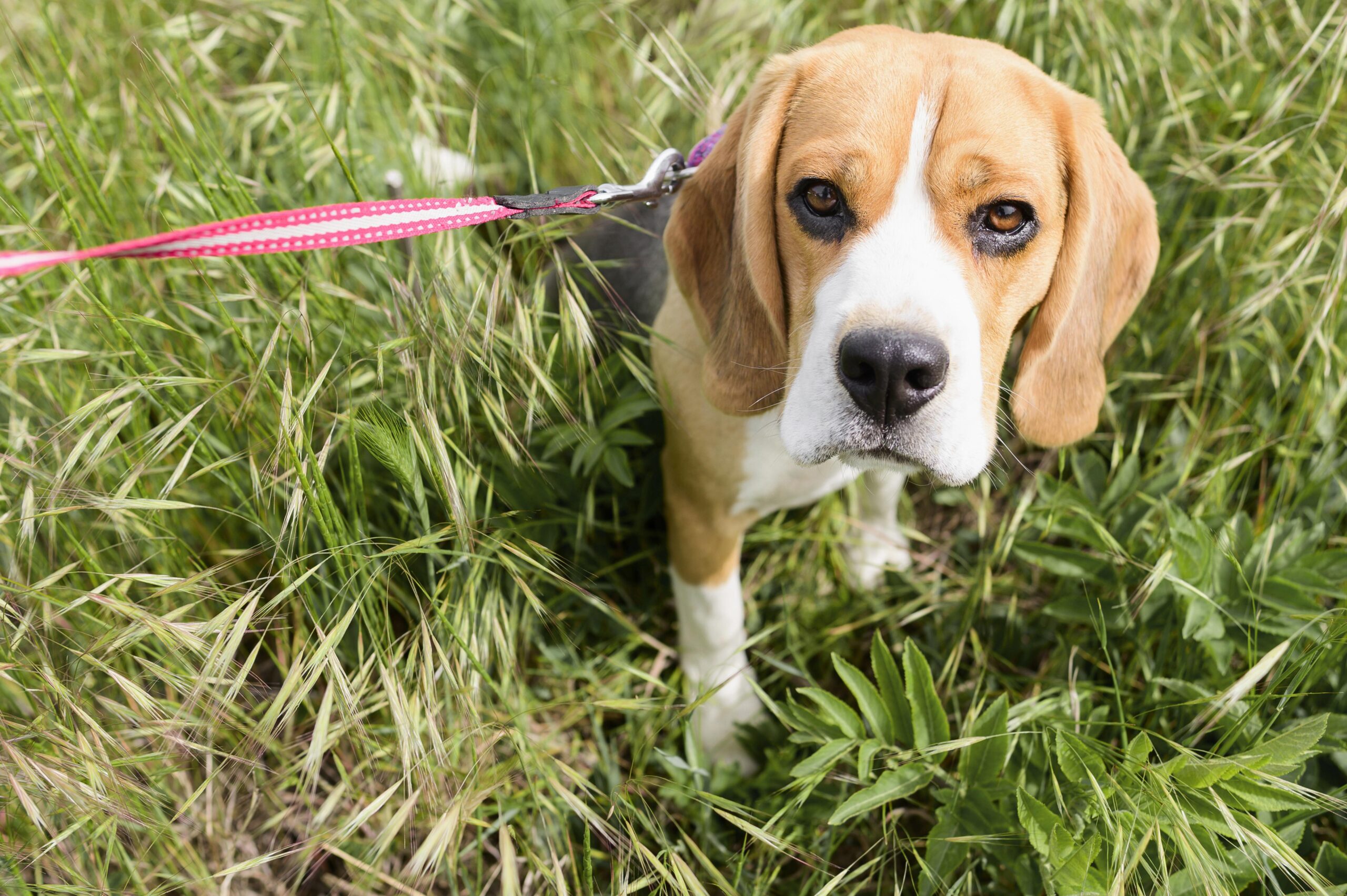

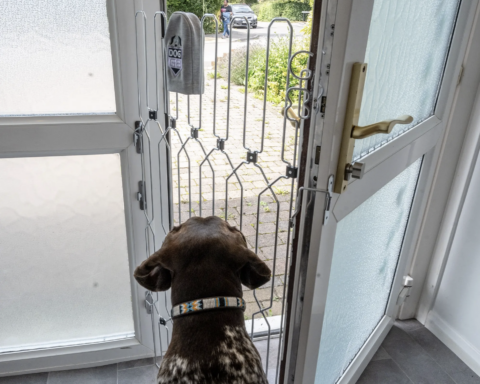


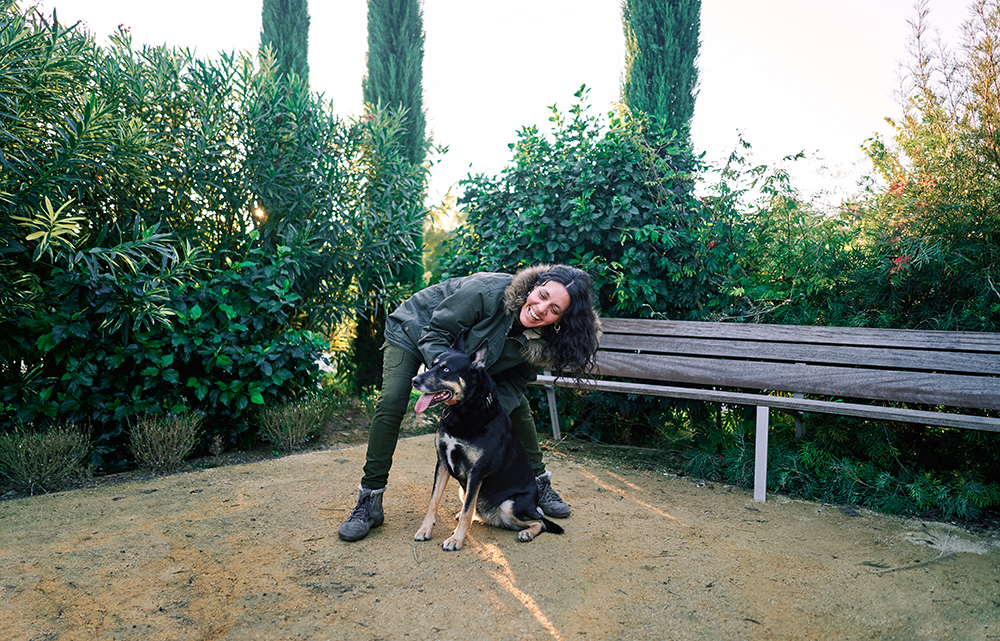
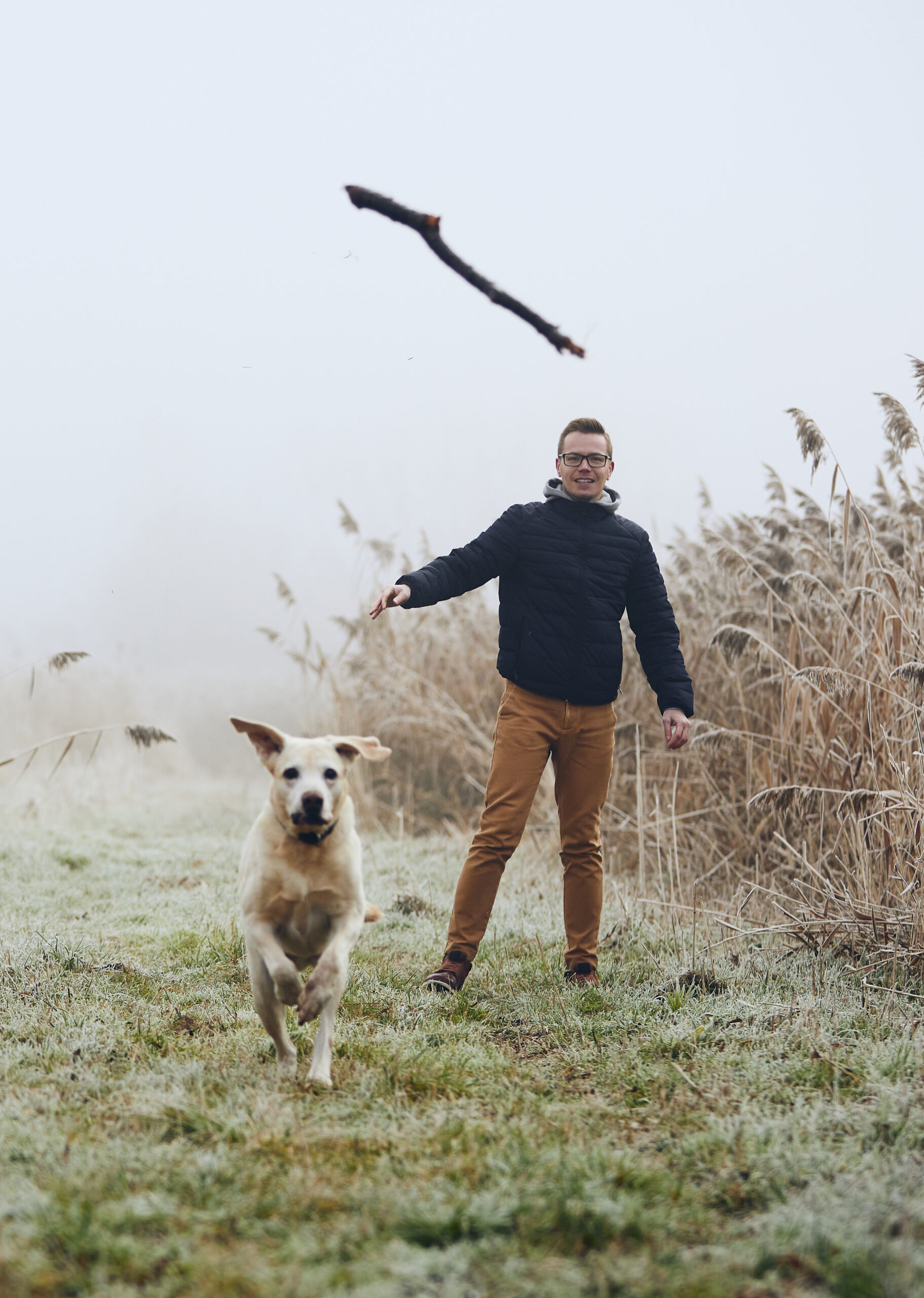
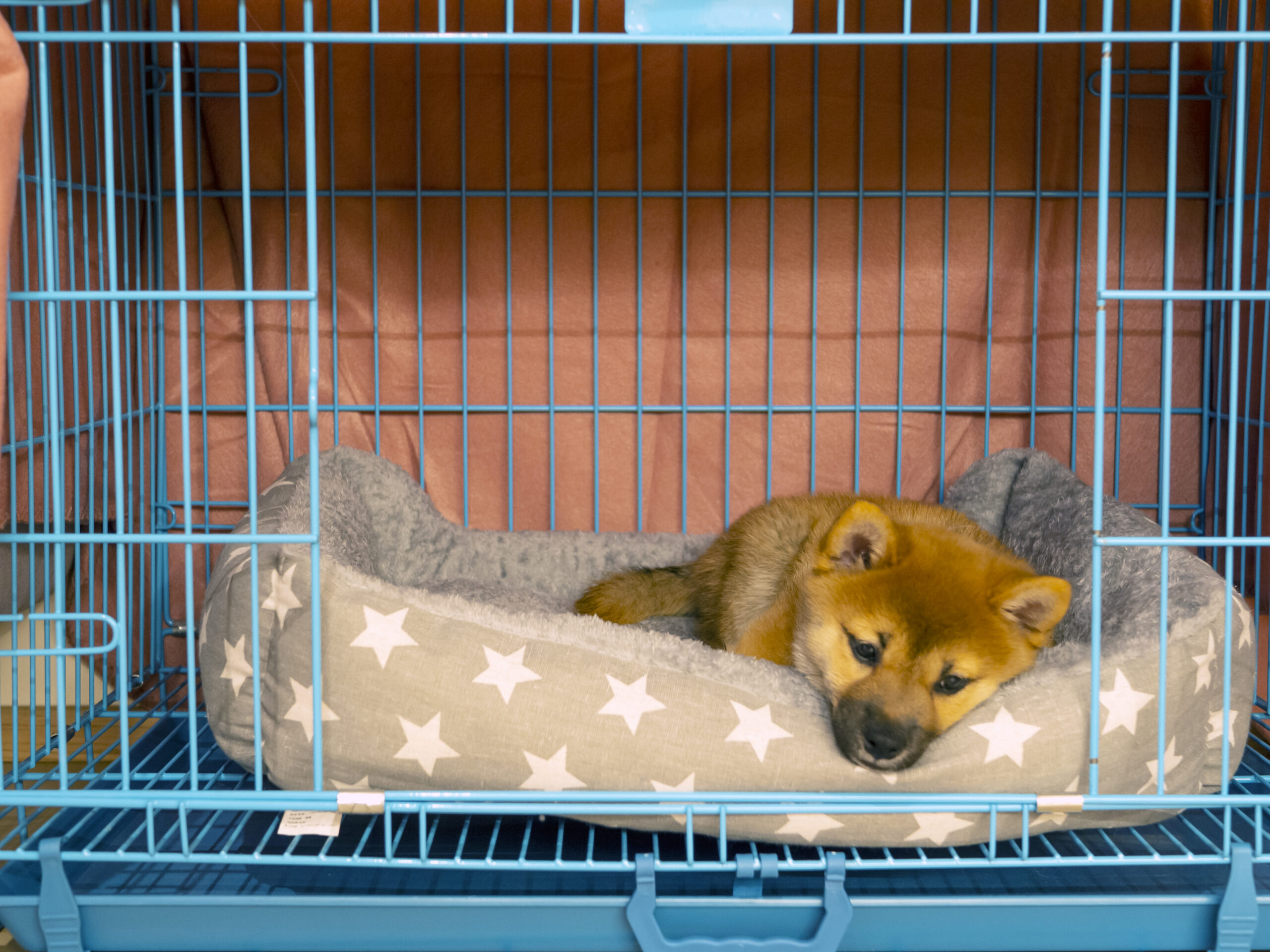
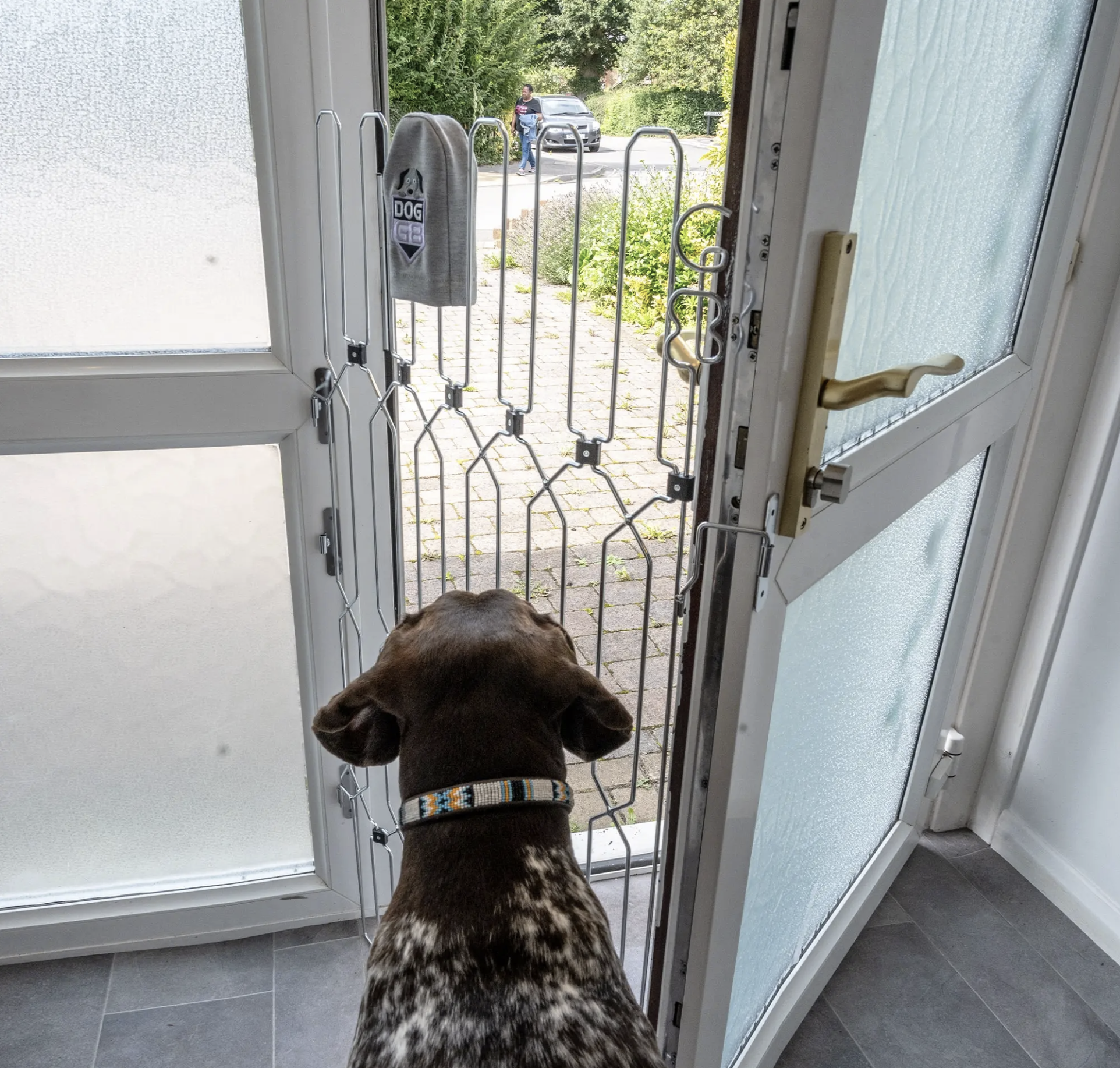
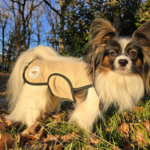
Follow Us